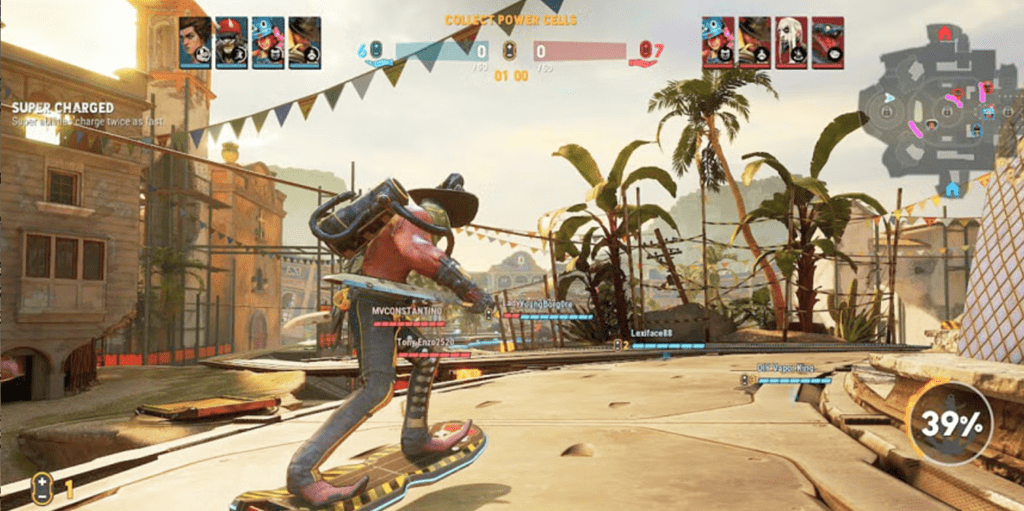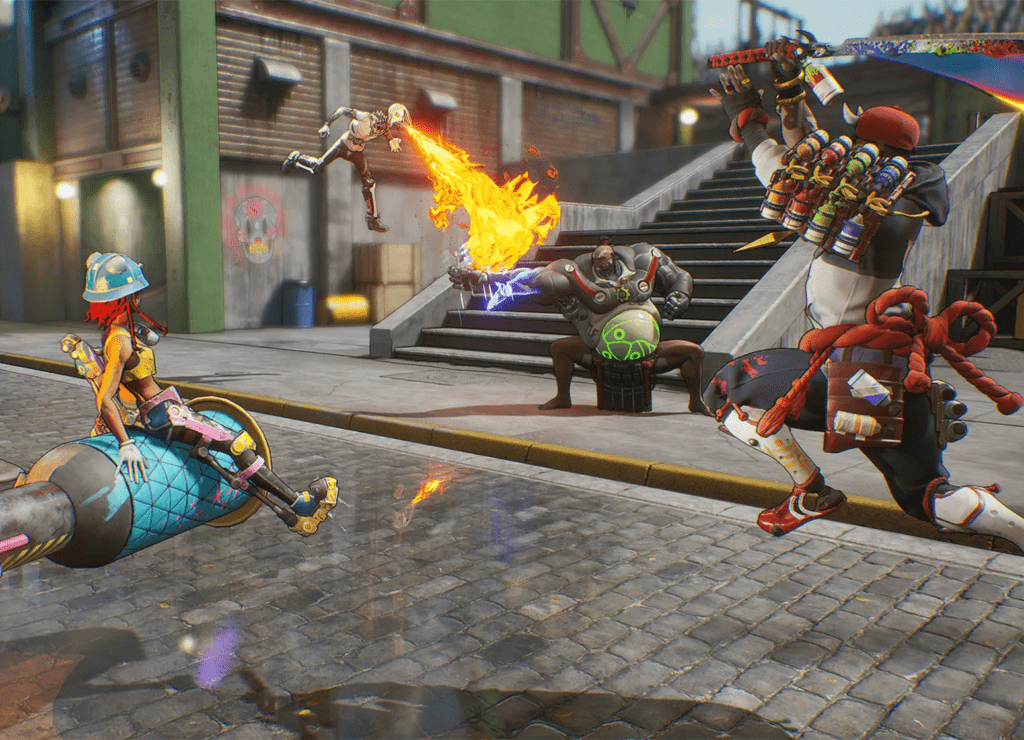“Microsoft’s AI-Powered Muse: A Game-Changer or Just Hype? Here’s What You Need to Know!”

Microsoft is pushing the boundaries of generative AI with Muse, a cutting-edge model designed to generate video game visuals and predict controller inputs. However, the company insists that Muse is meant to enhance game development, not replace human creativity.
What Is Muse and How Does It Work?
Microsoft detailed its findings in the scientific journal Nature, along with two blog posts and a teaser video, but you might still be wondering: What exactly does Muse do? Unlike some AI models notorious for scraping copyrighted content, Muse is trained on player data from Bleeding Edge—Ninja Theory’s ill-fated arena shooter that was released in 2020 and shut down just 10 months later. The model has been fed over 1 billion images and controller actions, simulating an equivalent of seven years of gameplay.

The result? Muse can generate rough approximations of Bleeding Edge gameplay, which Microsoft touts as evidence that the AI understands 3D game environments and can create “consistent and diverse gameplay.” While the visuals may not be impressive yet, the potential applications for AI-driven gaming are undeniably intriguing.
Microsoft’s Vision: Game Preservation and Beyond
Microsoft CEO Satya Nadella hinted at integrating Muse into Copilot, the company’s GPT-4-based AI assistant embedded in Windows 11. Meanwhile, Microsoft Gaming CEO Phil Spencer went a step further, suggesting that Muse could revolutionize game preservation.
“You could imagine a world where a model learns old games from gameplay data and video, making them playable on any platform without needing the original engine,” Spencer speculated. “That opens up a ton of opportunities for game preservation.”
AI in Game Development: Tool or Threat?
While AI’s role in game development remains controversial, Ninja Theory studio head Dom Matthews reassured developers that Muse is designed to assist, not replace them.
“Technology like this isn’t about AI generating content—it’s about streamlining workflows so our team of 100 creative experts can iterate faster and bring their ideas to life more efficiently,” Matthews explained.
Skepticism and Limitations of Muse
Not everyone is convinced of Muse’s groundbreaking potential. AI researcher and game designer Mike Cook told New Scientist that the model is still “a long, long way away” from autonomously designing games, largely because it was trained on just one title.
“If you build a tool that runs your actual game code, you don’t have to worry about persistency or consistency—because it’s running the real thing,” Cook said. “Muse is solving problems that generative AI itself created.”
AI’s Role in Gaming: Proceed with Caution
Microsoft’s timing in showcasing Muse raises some eyebrows, particularly in light of its recent mass layoffs. While the company presents Muse as an experimental tool that complements human creativity, its true implications remain uncertain. As AI technology advances, will Microsoft uphold its promise that AI won’t replace developers? Only time will tell.
For now, Muse’s crude visuals and single-game training data mean it’s far from a game-changing force. But as AI continues to evolve, the debate over its role in gaming is only just beginning.








